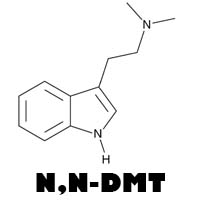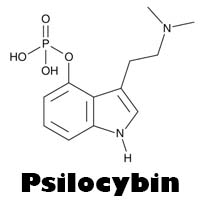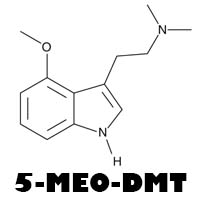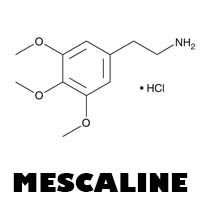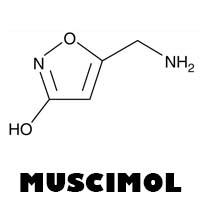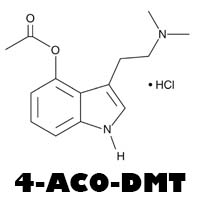History of LSD
Lysergic acid diethylamide (LSD) was first synthesized on November 16, 1938, by Swiss chemist Albert Hofmann at Sandoz Laboratories in Basel, Switzerland. Hofmann was investigating the medicinal properties of ergot, a fungus that grows on rye and other grains. Although LSD's psychedelic properties were not immediately discovered, Hofmann revisited the compound in 1943. During this revisit, he accidentally ingested a small amount and experienced the first LSD trip, famously documented on April 19, 1943, known as "Bicycle Day."
LSD quickly garnered attention for its profound psychoactive effects. Throughout the 1950s and 1960s, it was extensively studied for its potential therapeutic uses in psychiatry, including treatment for alcoholism, depression, and anxiety. The substance also became emblematic of the 1960s counterculture movement, contributing to its controversial status.
By the late 1960s, due to rising concerns over its non-medical use and potential for abuse, LSD was made illegal in many parts of the world. Despite its prohibition, LSD continues to be a subject of scientific research and countercultural use.
Molecular Makeup of LSD
LSD, or lysergic acid diethylamide, is a semi-synthetic compound derived from ergot alkaloids. Its chemical formula is C20H25N3O, and its molecular structure can be described as follows:
- Chemical Name: (6aR,9R)-N,N-diethyl-7-methyl-4,6,6a,7,8,9-hexahydroindolo[4,3-fg]quinoline-9-carboxamide
- Molecular Weight: 323.43 g/mol
- Structure:
- LSD has a polycyclic structure that includes an indole ring system, which is also found in serotonin.
- It contains a carboxamide group at the 9-position of the ergoline structure.
Effects of LSD
LSD is a potent psychedelic, and its effects can vary widely based on dose, environment, and individual physiology. Common effects include:
- Visual and Auditory Hallucinations: Users often experience enhanced colors, patterns, and shapes, as well as auditory distortions.
- Altered Perception of Time and Space: Time may appear to slow down or speed up, and spatial awareness may become distorted.
- Enhanced Sensory Perception: Increased sensitivity to light, sound, and touch.
- Emotional Intensity: Heightened emotions, which can range from euphoria to anxiety.
- Spiritual Experiences: Feelings of interconnectedness, transcendence, and profound insights.
- Cognitive Effects: Changes in thought patterns, including creativity, abstract thinking, and altered sense of self.
Typical Dosage
LSD is measured in micrograms (µg) due to its high potency. Typical dosages are:
- Threshold Dose: 20-30 µg (light effects, subtle changes in perception)
- Low Dose: 50-100 µg (mild to moderate psychedelic effects)
- Common Dose: 100-200 µg (full psychedelic effects, intense hallucinations)
- High Dose: 200-400 µg (strong and potentially overwhelming effects)
- Very High Dose: 400+ µg (extremely intense and often difficult to manage)
The onset of effects typically begins within 30-90 minutes after ingestion, peaking at around 2-4 hours, and can last 8-12 hours or longer, depending on the dose and individual metabolism.
Safety and Considerations
Due to its powerful effects, LSD should be used with caution. It is important to:
- Set and Setting: Ensure a safe, comfortable environment and a positive mental state.
- Dose Awareness: Start with a lower dose to gauge individual sensitivity.
- Presence of a Sober Guide: Having a trusted person who is not under the influence can help manage potential negative reactions.
- Legal Status: Be aware of the legal status of LSD in your country or region.
Research on LSD is ongoing, with studies exploring its potential therapeutic benefits, particularly in the treatment of mental health conditions such as PTSD, depression, and anxiety. However, due to its potent psychoactive nature, it remains a controlled substance in many areas.

